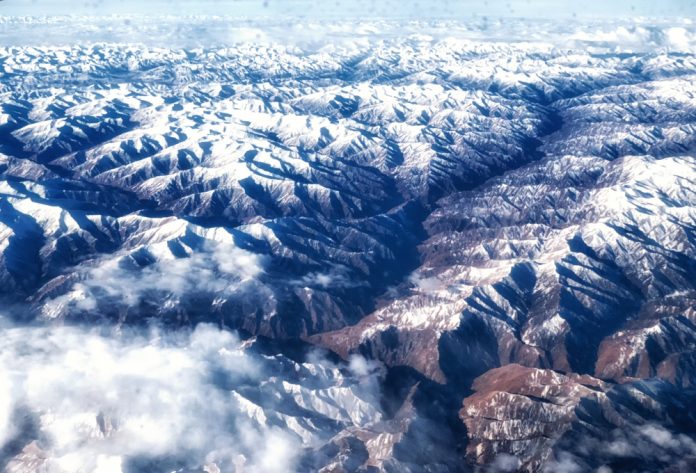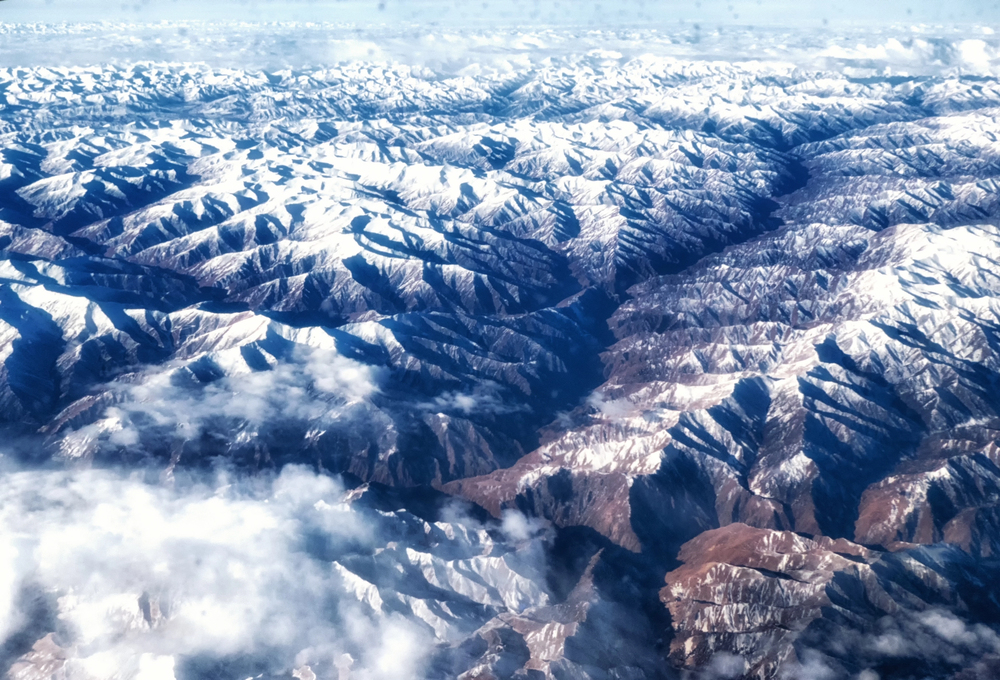
On the wind-blown pinnacles of the Tibetan Plateau, where the Yarlung Tsangpo etches the world’s deepest gorge, a venture of awe-inspiring audacity and debate is emerging a dam so gargantuan it has the potential to redesign not just the terrain, but also the geopolitics of South Asia.
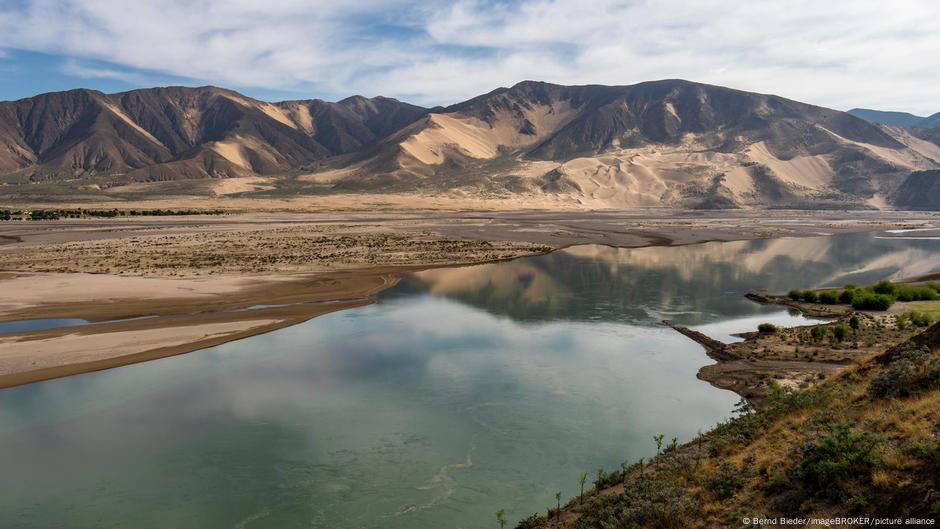
1. The Geopolitical Power of Water: China’s Strategic Leverage
The Motuo Hydropower Station, already under development, will be the world’s largest dam, even surpassing the Three Gorges. Its siting is no accident: the Yarlung Tsangpo, later known as the Brahmaputra and Jamuna, supports more than 500 million Indians and Bangladeshis. For policymakers and engineers, the dam’s potential to be a “water weapon” hangs over them. Arunachal Pradesh Chief Minister Pema Khandu cautioned, “It is very serious because China can even utilize this as a kind of ‘water bomb.”
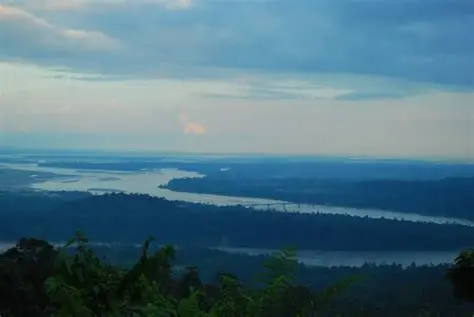
Assume they construct the dam and suddenly release water, our whole Siang belt would be ruined.” The feeling is in keeping with independent analysis which claims that “damming of its Tibetan rivers effectively gives China a chokehold on India’s economy” if there is an escalation of tension between the two countries. The lack of an official treaty of water-sharing among China, India, and Bangladesh increases the dangers, with data-sharing agreements largely regarded as inadequate.
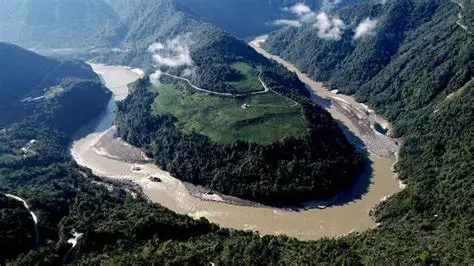
2. Engineering on the Edge: Seismic and Geological Hazards
Building a mega-dam in the Great Bend, where the river makes a dramatic U-turn around Namcha Barwa, poses engineering problems unmatched anywhere on the planet. The location is located on top of the Indo-Tsangpo Suture Zone, a seismically active area where the Indian and Eurasian plates come together. The region has suffered some of the strongest earthquakes in history, such as the magnitude 8.6 Assam-Tibet earthquake in 1950, which caused landslides, avalanches, and river blockage. “the Great Bend area is prone to geological activities, particularly earthquakes,” and high dam construction “can aggravate the instability of slopes and cause more earthquake risk and landslides and debris flows” there, says Chinese geologist Fan Xiao. Reservoir-induced seismicity, where the pressure variation and weight of water have the potential to induce earthquakes, is a credible threat, which requires strong seismic risk assessment and mitigation measures.
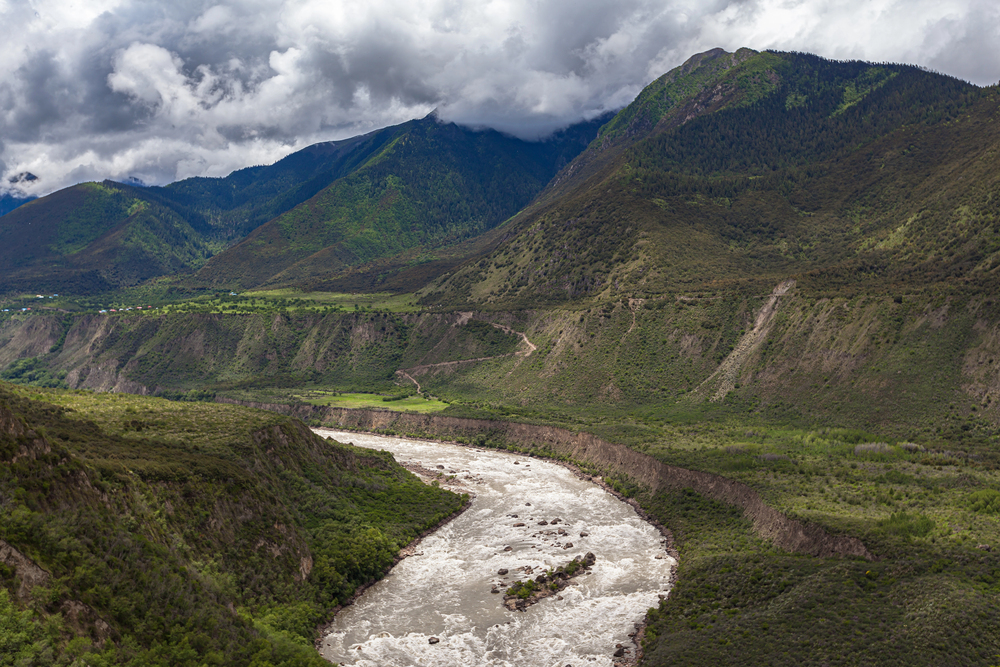
3. Environmental Stakes: Biodiversity and Sediment Disruption
The Yarlung Tsangpo Grand Canyon is a hotspot of biodiversity with over 4,500 plant species and the richest assemblage of large carnivores on Earth, with snow leopards and Bengal tigers. The proposed dam will interfere with sediment transport, which is presently delivering 45 percent of downstream sediment load of the Brahmaputra. “Any disturbance to the equilibrium of sediment may speed coastal erosion and render already low-lying [delta] territory even more susceptible to sea-level rise,” cautions geomorphologist Robert Wasson. Changes in river flows imperil not just the region’s distinctive ecosystems but also the livelihoods of millions relying on agriculture and fishing in India and Bangladesh.
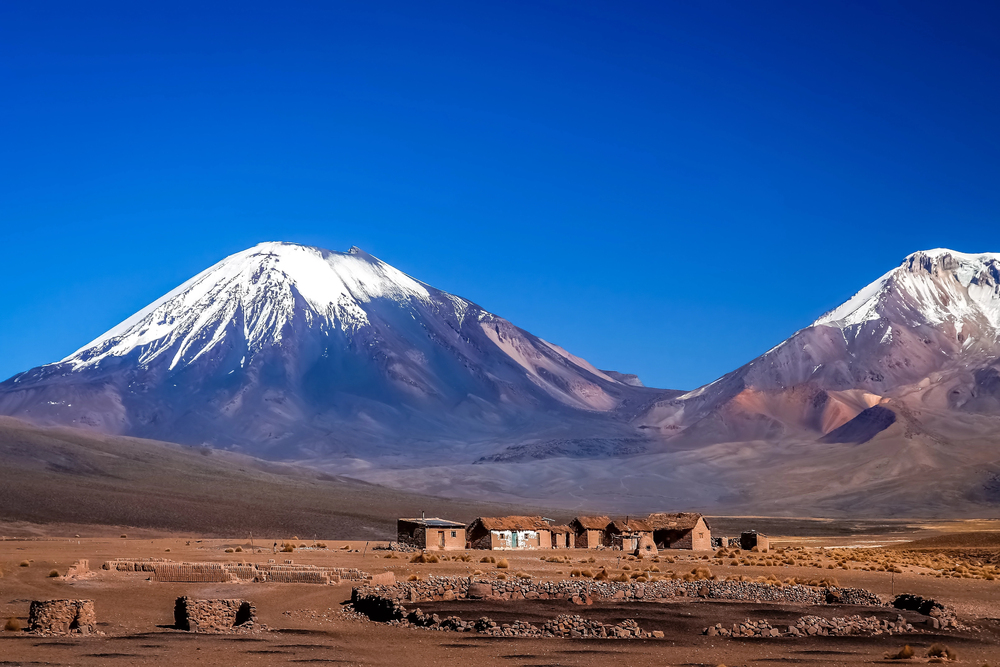
4. Socioeconomic Impact: Displacement and Cultural Loss
Construction of the dam is anticipated to displace whole Tibetan villages in a manner reminiscent of forced relocations at China’s Three Gorges and Gangtuo dams. “Resettlement from infrastructure projects is a controversial social and political problem in China today,” notes anthropologist Bryan Tilt. The Tibetan plateau is as much a water reservoir as it is one of culture; the inundation of valleys will destroy centuries-old Buddhist monasteries forever and upend traditional livelihoods. A sample survey of 193 dams in Tibet since 2000 puts the number of people displaced or to be displaced at a minimum of 750,000 because of hydropower projects across the region.

5. Downstream Dilemmas: Water Security for India and Bangladesh
India and Bangladesh have severe hydrological threats. The Brahmaputra sustains almost 130 million people and six million hectares of Indian cropland, and Bangladesh relies on the Jamuna for 55 percent of its irrigation needs. There is a concern that China might use water releases to control the course of events, resulting in unpredictable flooding or droughts. A five percent decrease in Brahmaputra discharge would cause a 15 percent fall in the agricultural production in Bangladesh, its Ministry of Environment has said. The absence of openness and binding agreements makes both countries hostage to upstream policy.
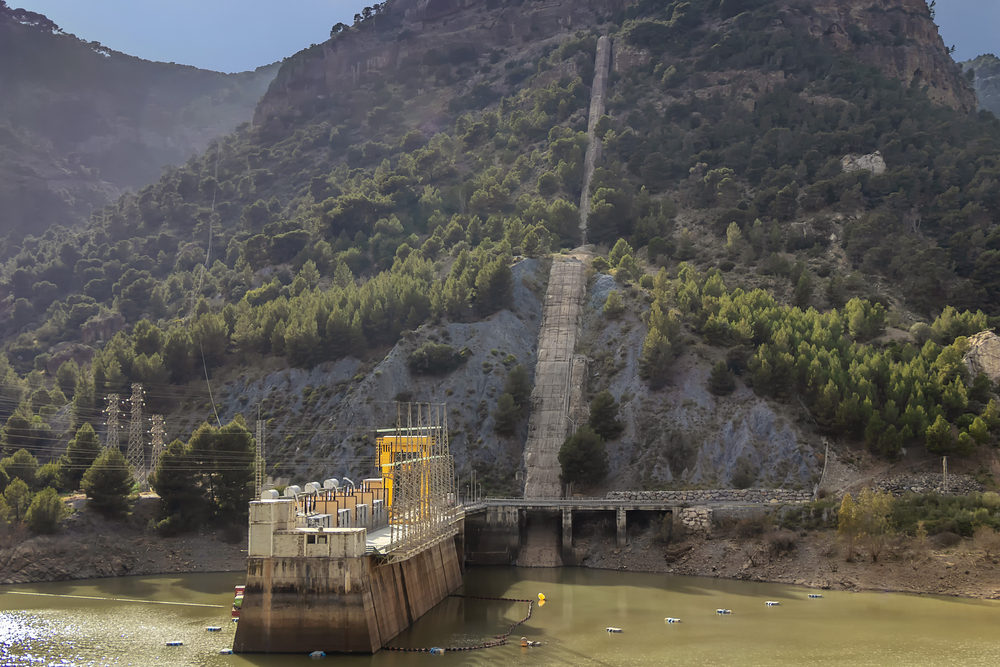
6. Engineering Responses: Mitigation and Sediment Management
The size of the Motuo project requires creative engineering solutions. There are proposals for several 20km-long tunnels excavated through Namcha Barwa to divert water and construct five cascading power stations. Sediment management is important: with improper design, the dam would trap silt, shortening reservoir life and making downstream soil less fertile. Reservoir-induced seismicity mitigation, prompt damage assessment, and emergency response guidelines such as those evolved following the Wenchuan earthquake are necessary to reduce disaster risk in high-hazard areas.
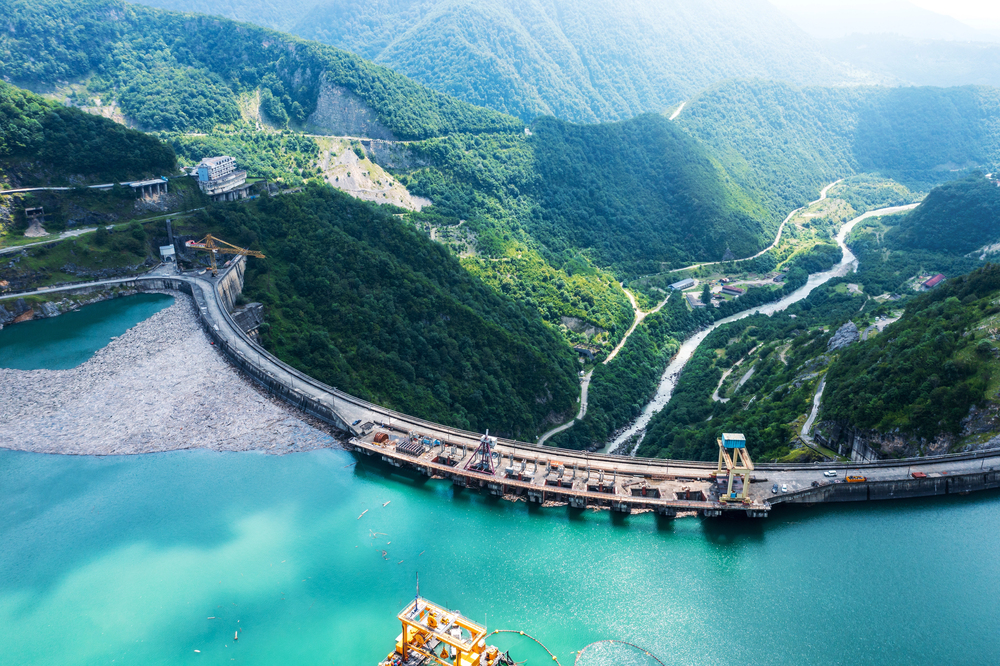
7. The Big Picture: Climate Targets vs. Local Conditions
China presents the Motuo dam as a cornerstone of its push to achieve carbon neutrality by 2060, with hydropower presented as a greener substitute for coal. But the social and environmental costs are deep. “From a climate change viewpoint, this is what we want China to do, right? We’d like to get them off coal into a cleaner fuel source, and hydropower’s a cleaner fuel source,” said Philippe Benoit. “But you have to get the right balance because the people that are local to the area are going to be disproportionately impacted.” Furthermore, hydropower’s carbon free status is challenged because dams actually do emit large quantities of methane a powerful greenhouse gas.
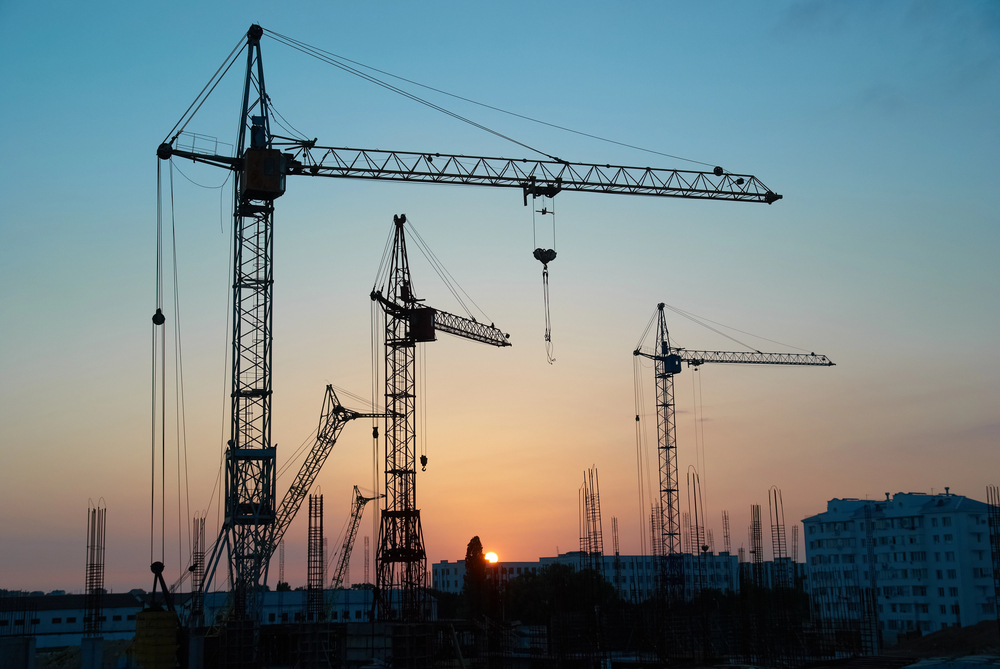
The Motuo dam’s destiny will depend not just on technical skill but on the resolve of regional powers to build new water-sharing, environmental, and vulnerable-population-protection frameworks. The implications ecological, geopolitical, and human could hardly be greater.
